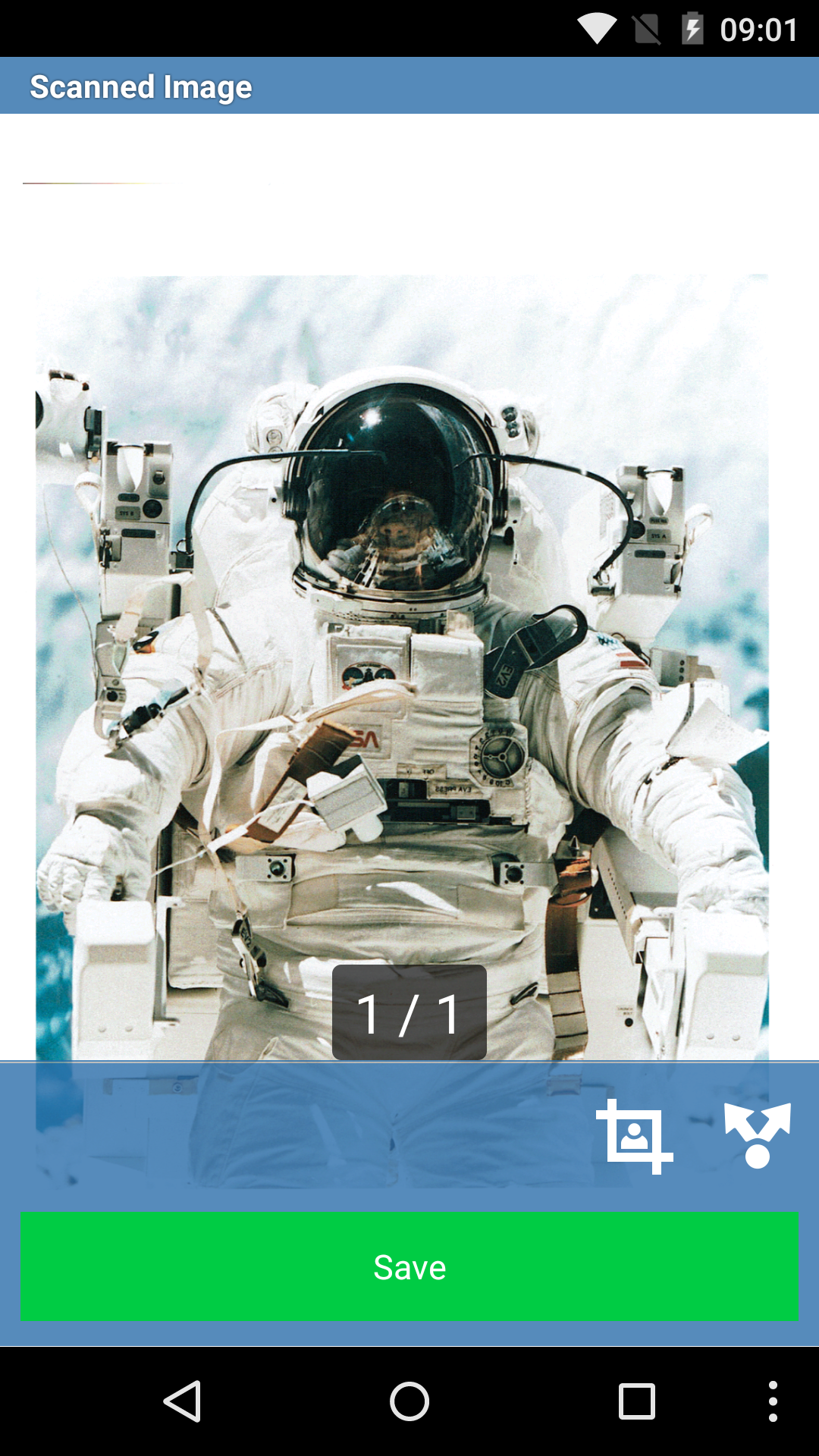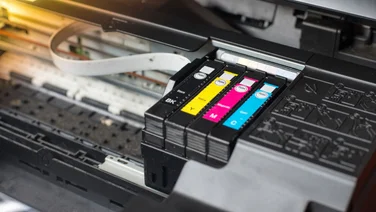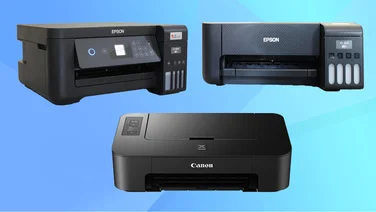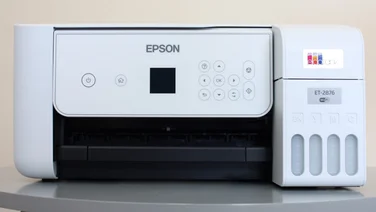To help us provide you with free impartial advice, we may earn a commission if you buy through links on our site. Learn more

Brother’s DCP-J4120DW is an A4 inkjet multifunction peripheral (MFP) offering A3 printing, which could make it ideal for those without room for a full A3 printer but the need to print the occasional A3 page. It’s quite attractive, and isn’t much bigger than a typical office inkjet MFP, but the price is also keen given that it includes Wi-Fi, a colour touchscreen, front USB and memory card slots and duplex (double-sided) A4 printing.
The reality, however, is somewhat disappointing. To accommodate the width of A3 sheets while minimising the product’s depth, the DCP-J4120DW has an unusual arrangement where A4 is loaded sideways in the 150-sheet paper cassette. This isn’t a problem in itself, but A5 or 4×6″ media loads with a portrait orientation, which could get confusing. A3 doesn’t fit in the tray; instead it’s loaded through a feed at the back, which only accepts single sheets and offers them little support.

^ There are apps for iOS and Android; here we’re scanning in the latter
Printing A3 involves offering a sheet to the slot, waiting for the printer to confirm that it’s grabbed the leading edge, supporting the page manually while it prints, and tapping a button when you’re ready to collect it from the output – pages aren’t ejected without this as the output tray is too short to hold them. On a multi-page job it’s a real faff, so A3 prints really should be considered an occasional thing.

^ A3 printing is a neat party piece, but the reality is a fiddle
This questionable USP doesn’t fully compensate for its rather disappointing performance elsewhere. It’s a fast printer, managing 15.2 text pages per minute (ppm) at the normal setting, rising to 19ppm at draft quality, while colour graphics printed at a healthy 9.9ppm. A single A3 page of text took 34 seconds, while an A3 page of colour graphics took 38 seconds. Unfortunately print quality isn’t great. Text was tidy and quite sharp, but less black than from the best inkjets. It was a similar story with graphics, which looked somewhat washed out.
Scanned images looked sharp, but colours were a touch under-saturated, and detail wasn’t fully preserved from among the darkest shades. Speeds were reasonably fast, at least, with the scanner needing only 13 seconds to capture a page at 150 dots per inch (dpi) – only original documents up to A4 are supported, though.

^ Brother’s scan interface misses more advanced features, but it’s easy to use
The touchscreen menu is generally good, and we particularly like its shortcut page for adding quick links to your favourite features. The screen isn’t perfectly responsive, however, and we found it tricky to carry out finer operations like entering text. It’s also odd that while you can scan to an inserted memory device, you can only print photos from one – not office documents like PDFs.

^ Use the built-in web interface to administer the MFP remotely
This isn’t a perfect MFP, then, but it is surprisingly cheap, and if you stick to the XL cartridges it’s also cheap to run: 4.3p per A4 page of text and graphics is very good. While we can see the appeal of its occasional A3 prints, we’d rather buy either a fully A3-capable device, or a better A4 office MFP such as the Epson Workforce WF-3520DWF. If that doesn’t suit your needs either then check our reguarly-updated Best Printers and Buying Guide.






